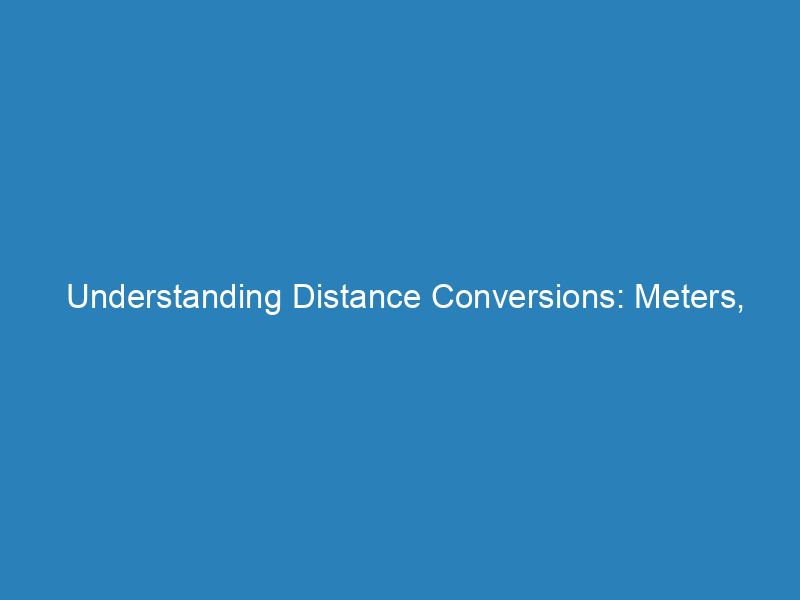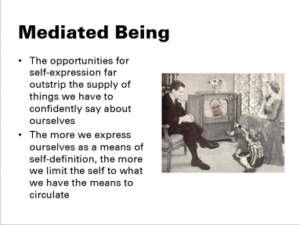
Understanding Distance Conversions: Meters, Miles, and Kilometers
Understanding the relationship between miles and meters can be quite perplexing, especially for those who are used to one measurement system over another. To simplify things, let’s break down how these two units of distance relate to each other and how you can easily convert between them.
The Conversion Factor
One mile is equivalent to 1,609.344 meters. This precise figure may not roll off the tongue easily, but it’s essential for accurate conversions. If you’re working on your fitness, whether it’s planning a running route or tracking race distances, knowing this conversion can be incredibly useful.
Converting Meters to Miles
To find out how many miles are in a certain number of meters, simply divide the number of meters by 1,609.344. For example:
- If you’re running a 400-meter sprint, that translates to approximately 0.248 miles, or just under a quarter mile.
Converting Miles to Meters
On the flip side, if you want to convert miles into meters, multiply the number of miles by 1,609.344. So, if you’re participating in a 24-mile race, you’re covering about 38,624.256 meters.
Understanding Kilometers
To make things a bit simpler, remember that one kilometer is equal to 1,000 meters. This means that 38,624.256 meters can also be expressed as about 38.6 kilometers. If you need to convert kilometers back to miles, keep in mind that one kilometer is approximately 0.621371 miles (though simplifying it to 0.62 or 0.6 can be acceptable for quick calculations).
Common Distances at a Glance
Here’s a handy reference chart for some common distances:
| Meters | Kilometers | Miles |
|---|---|---|
| 400 m | 0.4 km | 0.25 mi |
| 800 m | 0.8 km | 0.5 mi |
| 1,000 m | 1 km | 0.62 mi |
| 1,609 m | 1.6 km | 1 mi |
| 3,000 m | 3 km | 1.86 mi |
| 5,000 m | 5 km | 3.1 mi |
| 10,000 m | 10 km | 6.2 mi |
| 21,097 m | 21.1 km | 13.1 mi |
| 42,195 m | 42.2 km | 26.2 mi |
This chart can serve as a quick reference for anyone involved in running or fitness activities, making it easier to track distances in a way that feels manageable and intuitive.

